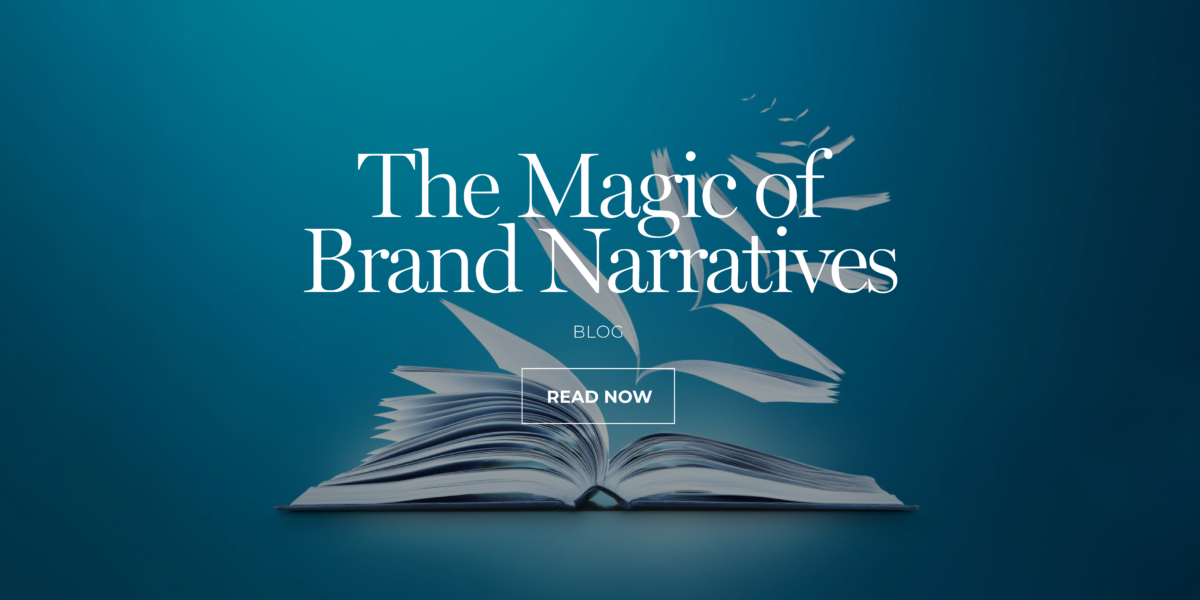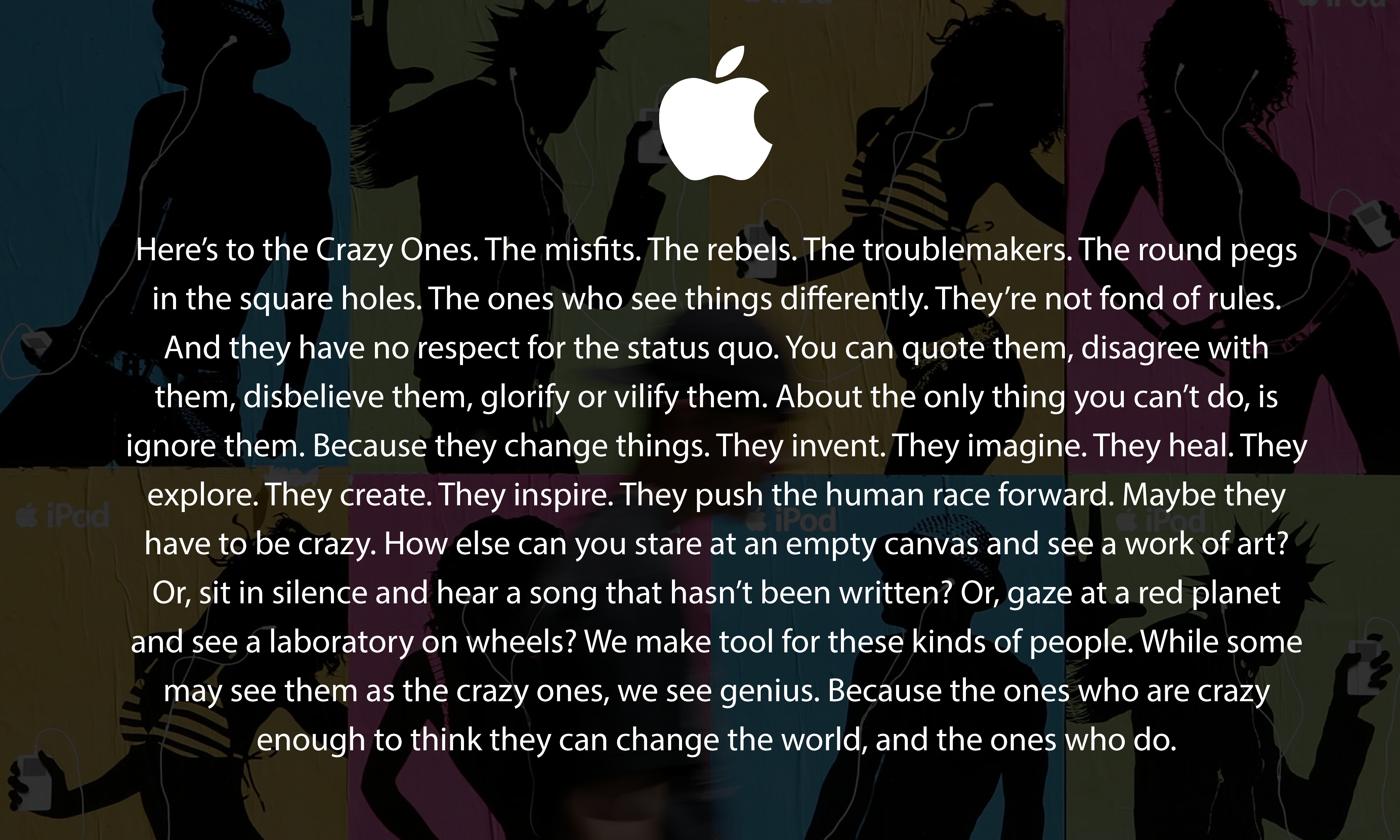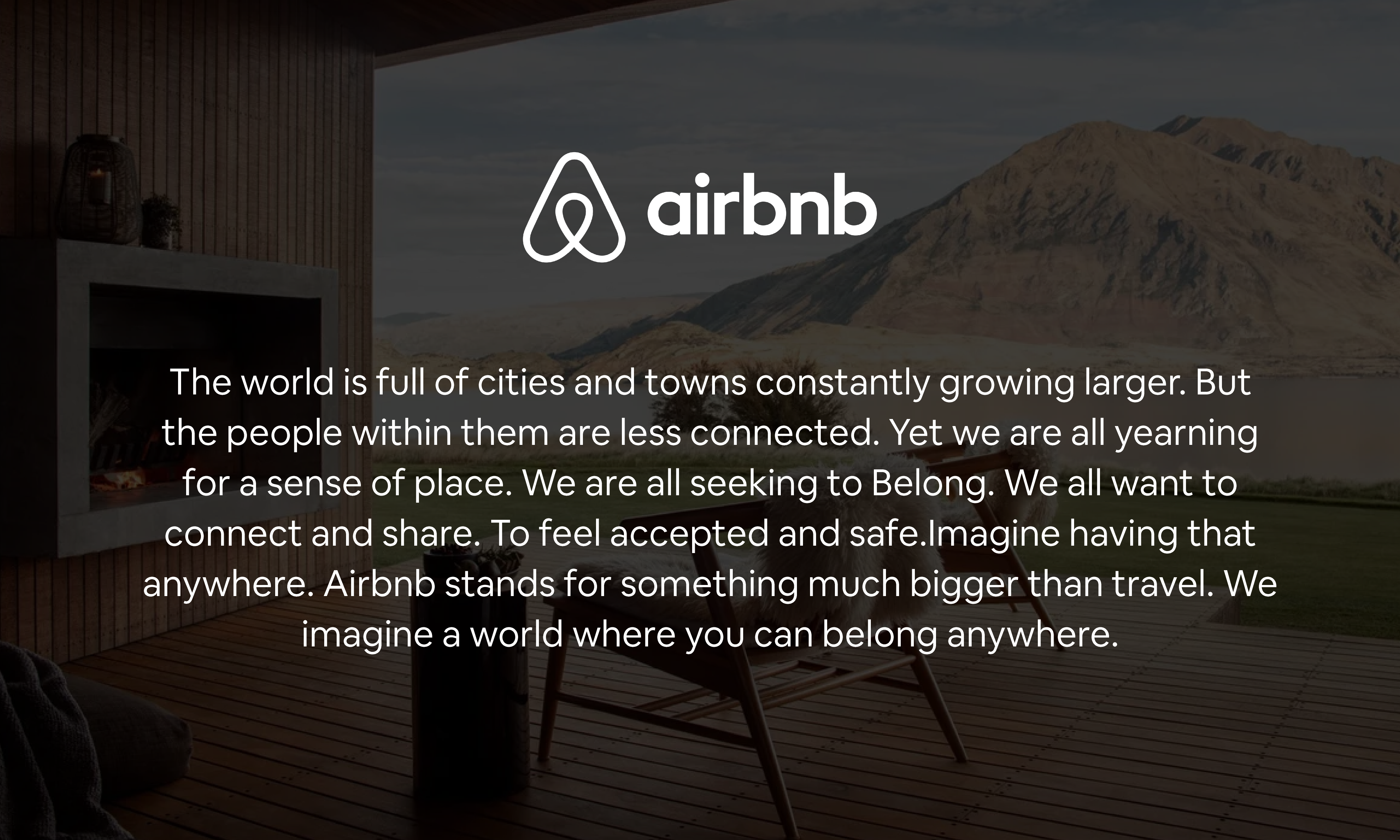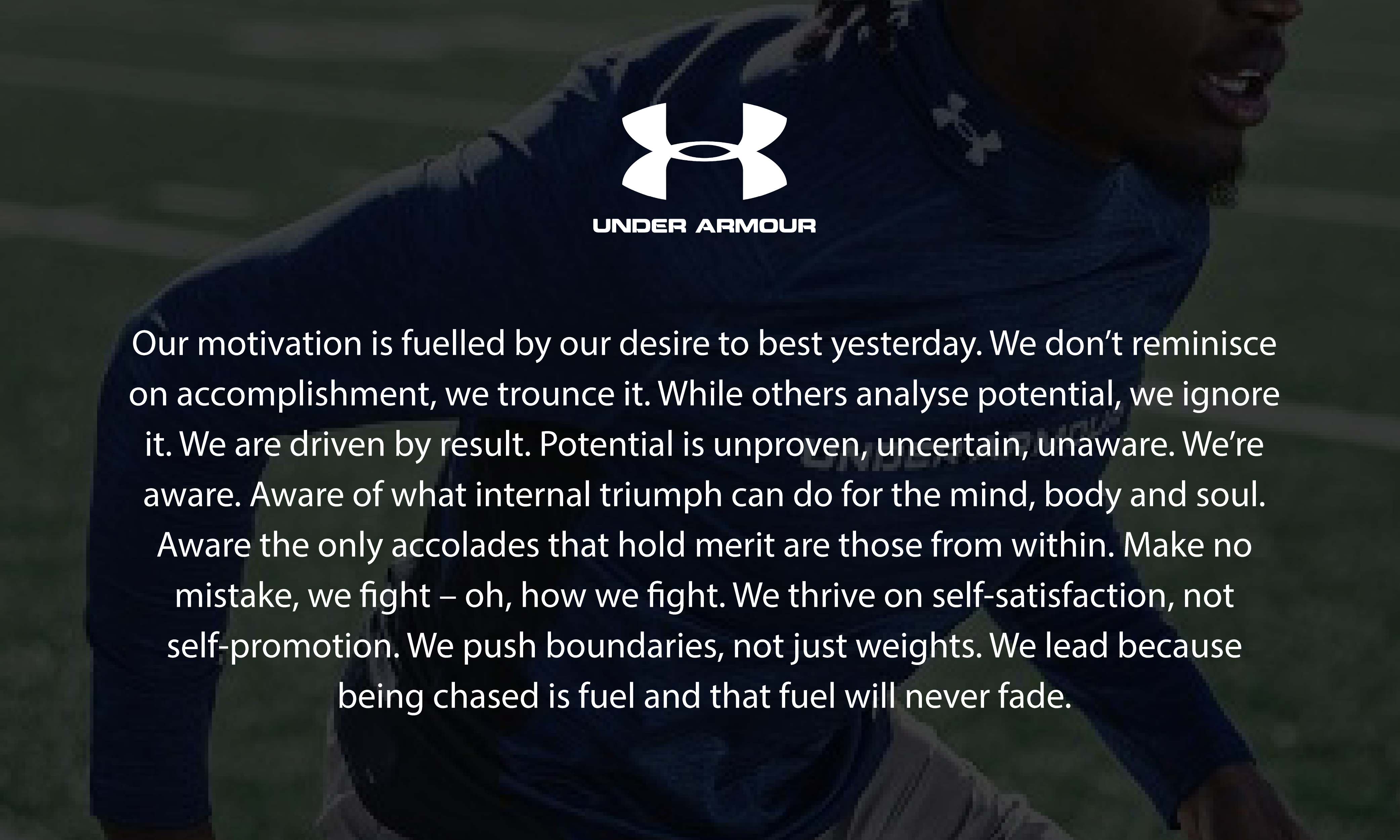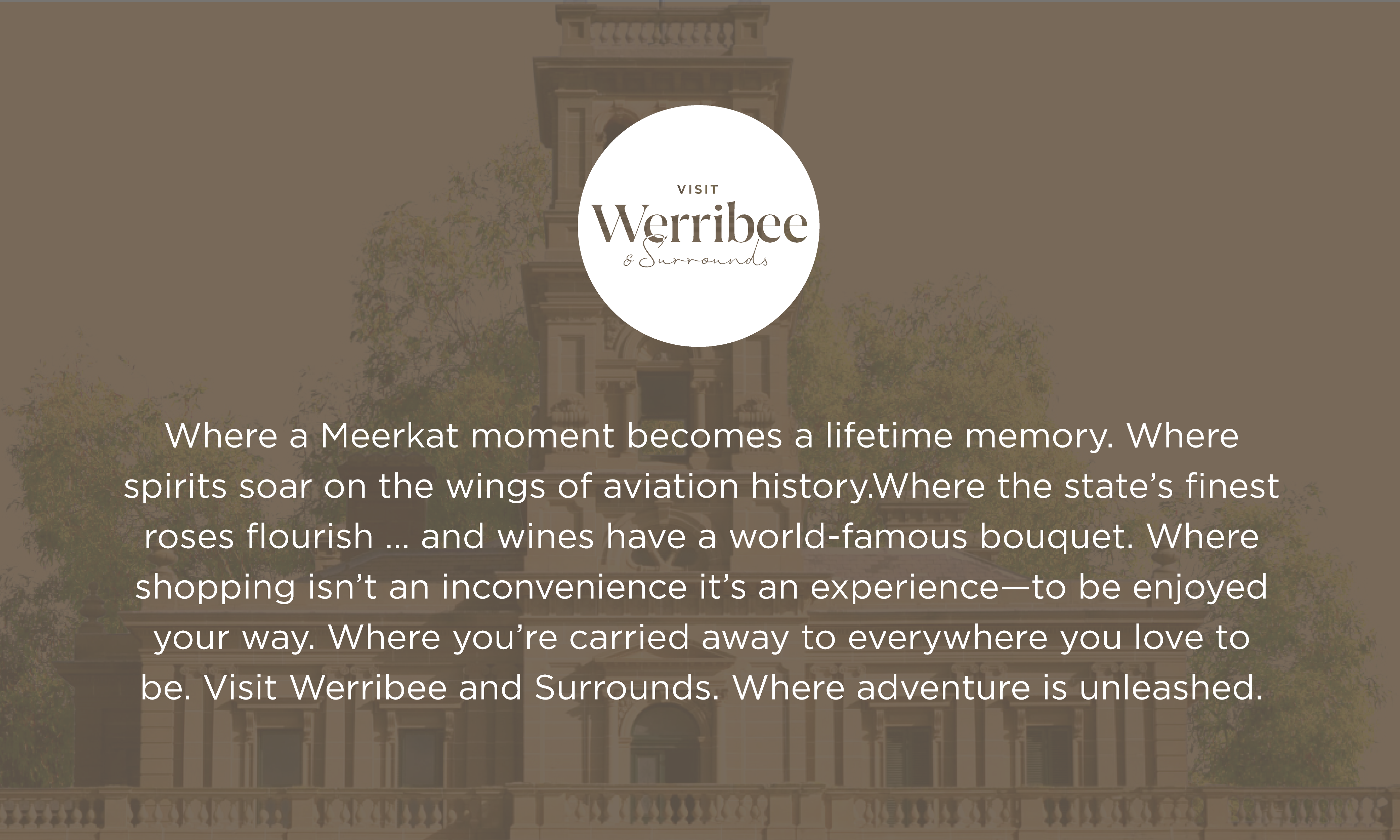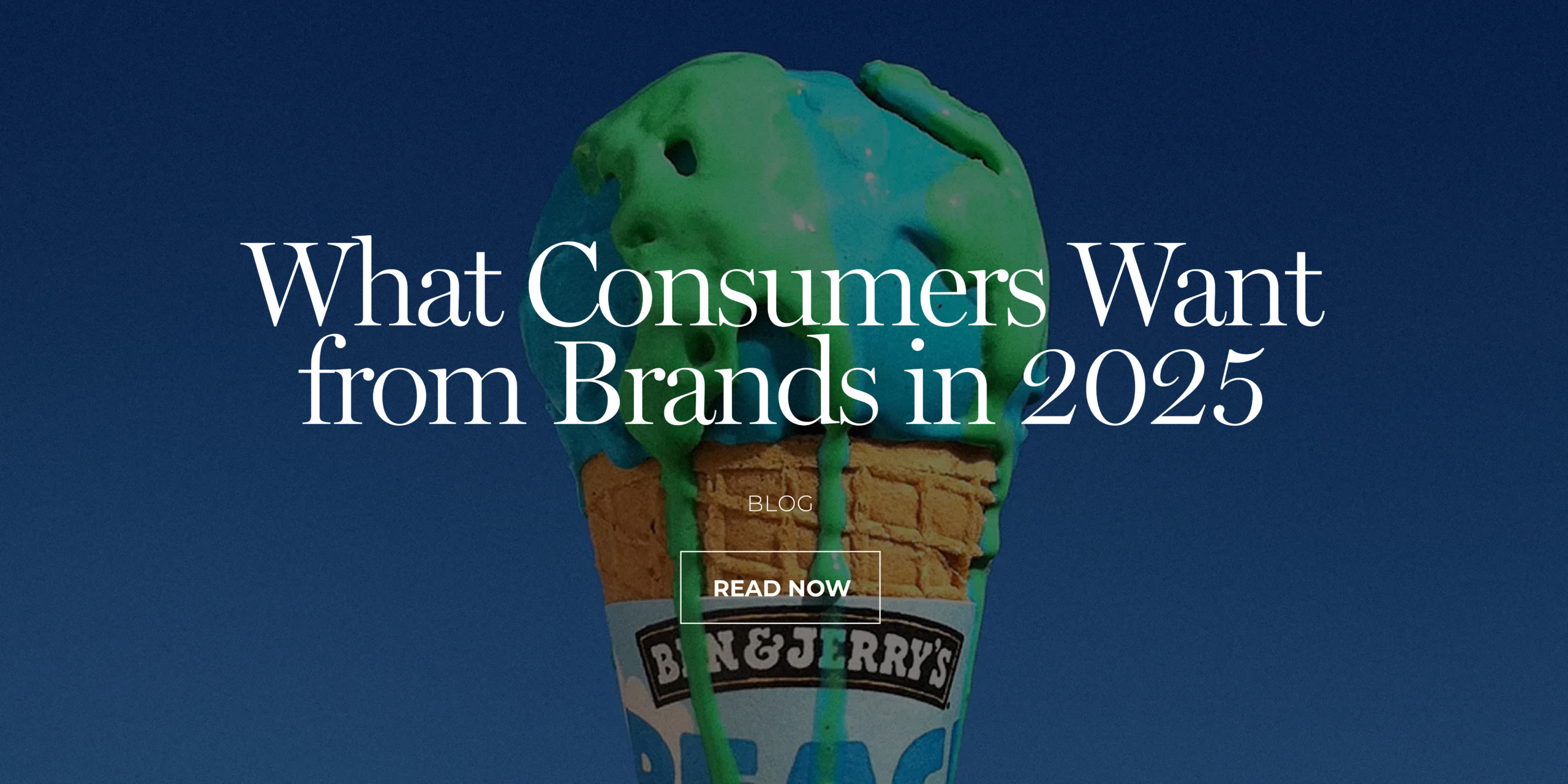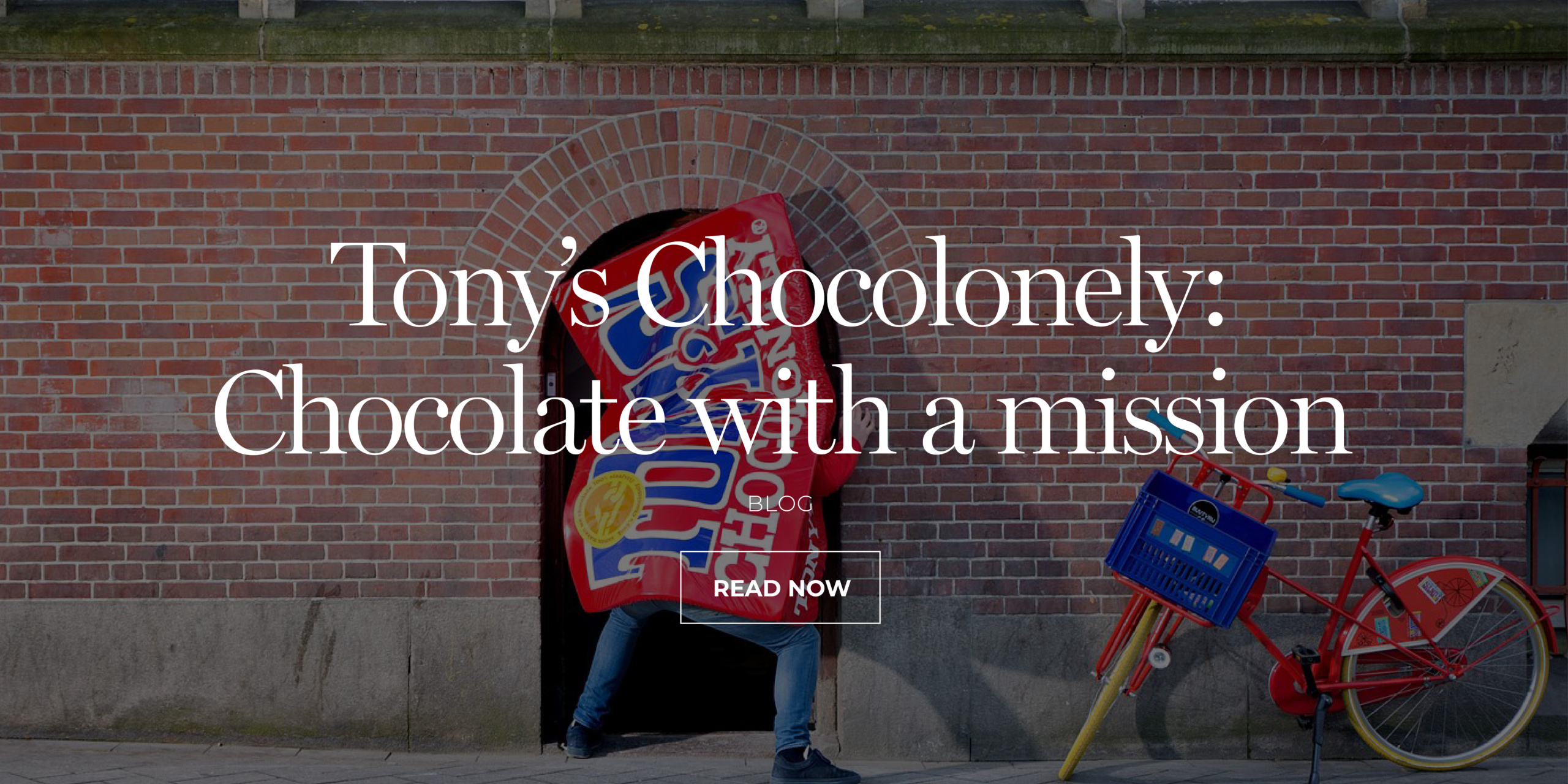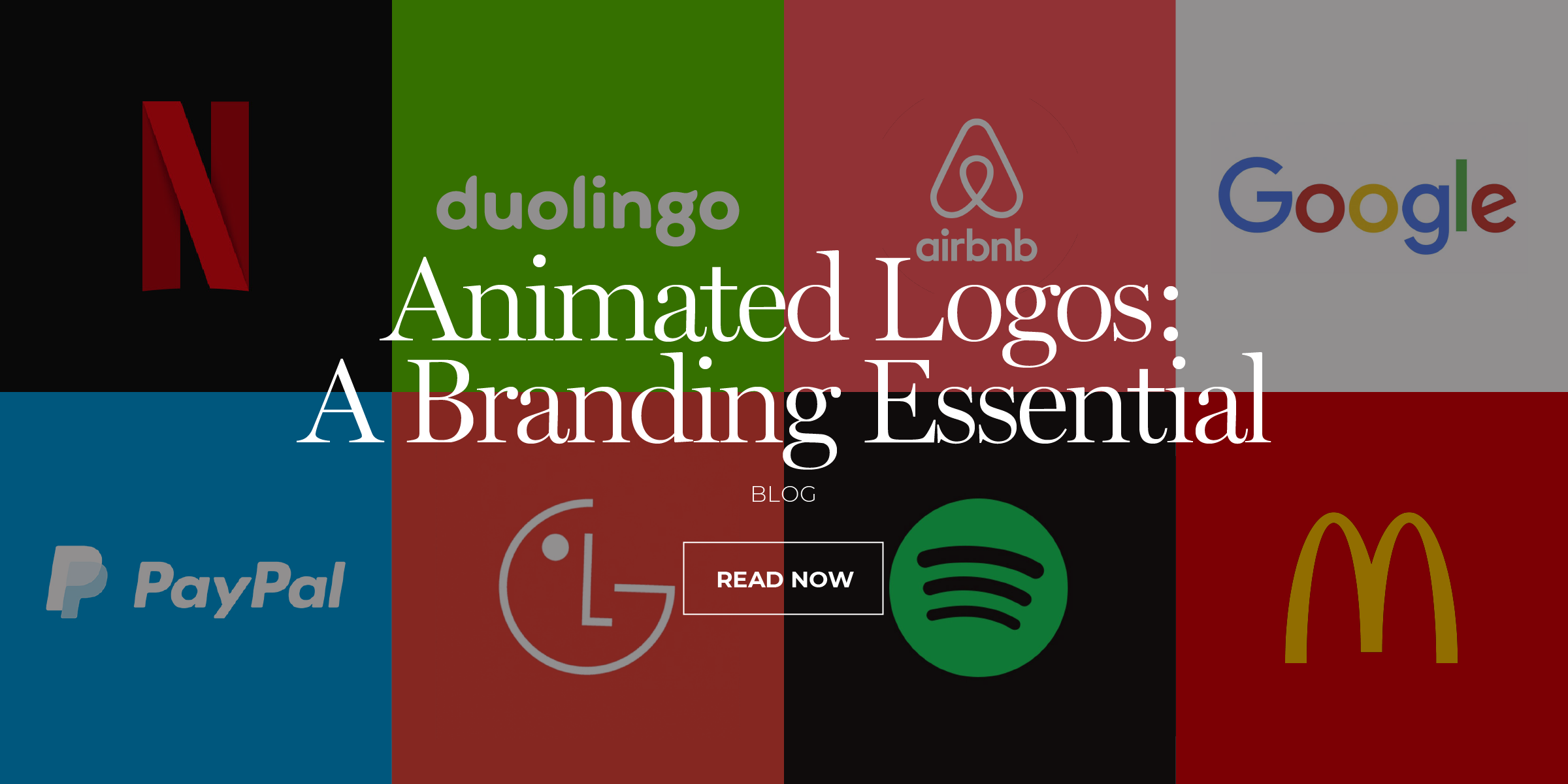If you don’t have a narrative, you are just another commodity.
People crave connection. And throughout history, sharing stories is how we’ve engaged. They help us make sense of the world around us, share beliefs, transfer knowledge and connect as a community. For leaders and brands, they are perhaps the most powerful tool available for shaping belief and inspiring action.
Stories express what you stand for. They differentiate your brand or your business.
Without one, you risk standing for nothing, relegated to being a replaceable cog in the consumption machine.
Narratives have depth.
Creating a brand story is not simply about standing out and getting noticed. It’s about building something that people care about and want to buy into. It’s about framing your scarcity and dictating your value and thinking beyond the utility and functionality of products and services and striving for the creation of loyalty and meaningful bonds with your customers.
A brand story is not just a catchy tagline that’s pasted on a billboard to attract attention for a week or two. It’s the foundation of your brand, your purpose, your strategy for future growth and your emotional connection with your people and customers.
Narratives have value.
Everything revolves around your narrative. Your messaging, your behaviours, your style, your personality, your appearance, your branding and your deliverables. If something you create doesn’t match the sentiment you’ve written, it has no place in your repertoire. If people can’t agree on something, the narrative becomes the arbiter. If messages go off track the narrative is the disciplinarian. Think of it like a sheepdog keeping your herd of activations, messaging, communication strategy and internal and external behaviour on track. Used properly, it’s the best worker you have. And the most cost-efficient.
Narratives have reach.
Your audience is always bigger than your target group. It also includes your people. It is essential they don’t just understand the narrative; they embrace it. Given they as much as anyone else, are lead characters in it. If they act in a way that is contrary to the brand narrative, the jig is up awfully quickly. But if your internal narrative is consistent with your external narrative, you are perfectly positioned for success. Because common ground is the best site upon which to build a great brand platform.
Narratives have versatility.
Stories can start in any number of ways. From ‘Once upon a time’ to ‘Back in (insert date here) we had a dream,’ to ‘The world is on the precipice.’ It all depends on how you want to introduce yourself to your audience, where you want to take them and what angle you wish to pursue. No matter your need, a well-crafted, accurate story will do a lot of the heavy lifting for you.
The following are some strong examples:
Why this works: Apple transformed brand narratives by shifting from conventional corporate messaging to aspirational storytelling. It celebrated creativity and individuality, creating an emotional connection with consumers and solidifying Apple’s brand identity around innovation and purpose. This approach inspired other brands to adopt similar strategies, focusing on authentic, human-centric marketing that highlights values and personal impact.
Why this works: Uber’s narrative portrays a strong sense of purpose—quite literally, what gets them out of bed in the morning. It also cleverly combines messages for its three audiences—its people, its drivers, and its customers—into one overall promise.
Why this works: Fitbit’s brand story is deeply empathetic. It relates to its audience, understanding that fitness is about incremental gains throughout the day as much as it is about running marathons or swimming laps. That’s exactly what the Fitbit product captures—small steps leading to a significant impact. It’s a great example of a narrative emanating from a product’s truth and purpose.
Why this works: Airbnb strikes a chord with an innate human desire – to belong. It’s incredibly clever on a number of levels. It breaks down the notion you are ‘just’ a visitor. A tourist in a town where you are never more than an onlooker. It draws from a brand truth. Living like a local is the key to being part of a community – even if it’s only overnight. In effect, it flips the travel sector on its head. Not just functionally but emotionally.
Why this works: Under Armour’s brand narrative is entirely aspirational. You can sense movement and momentum as you read the words. It speaks to people’s innate desire to be better. In doing so, it cements itself as a partner in that quest. It ceases to be a brand. Instead, it becomes a motivator, coach, partner, and ultimately friend.
What can narratives sound like?
The following are some examples of narratives we have written for our clients:
At Davidson Branding we have honed our expertise in narratives working with leading brands for over 30 years. If you’re looking to review, refine or create an effective brand narrative for your company or product please reach out. We’d love to work with you.
